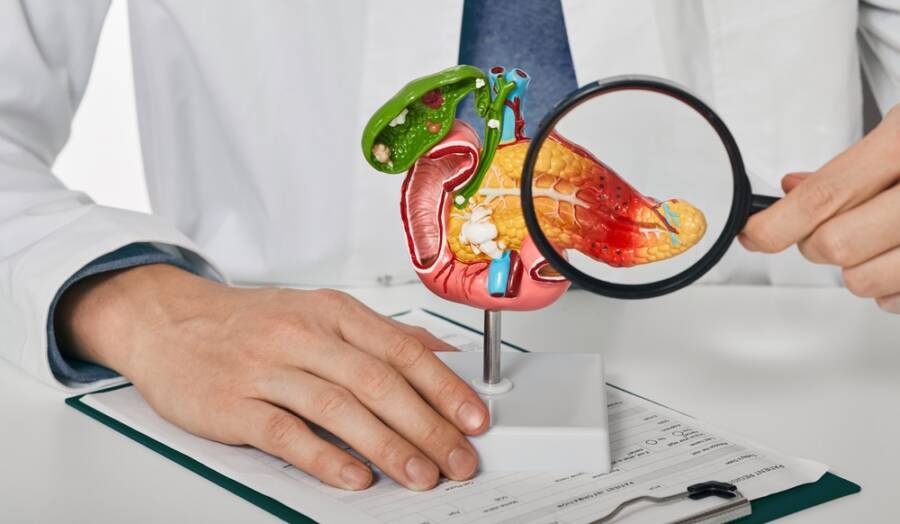Probably one of the most unfair and serious forms of medical malpractice is misdiagnosis. This usually takes place when a doctor fails to make a proper diagnosis or misdiagnoses the patient with the wrong disease. And for those of you who have been misdiagnosed in the past, you definitely know what it’s like.
In fact, you might continue to suffer from injuries if you don’t receive the appropriate treatment for your illness. Moreover, if a patient is getting treatment for the wrong illness, oftentimes the underlying condition worsens or results in various painful side effects. Here are some of the most common illnesses that are misdiagnosed:

Cancer
There are so many forms of cancer that aren’t correctly diagnosed on a daily basis. Some of the most common ones include lymphoma, sarcoma, melanoma, and breast cancer. There are also a number of conditions that might cause the misdiagnosis, such as missing information in a patient’s medical history or not enough time spent during a routine exam to correctly evaluate the patient for signs of cancer.
Lyme disease
Lyme disease is a serious bacterial infection caused by a tick bite. The disease starts with symptoms of rash, fever, headache, and fatigue. But if it’s not treated early, the infection can easily spread to the patient’s joints, heart, and nervous system.
Because of other similar symptoms, this illness could be mistaken for the flu, fibromyalgia, meningitis, or even depression. Some of the most common symptoms that are associated with Lyme disease include shortness of breath, muscle and joint pain, soreness of the chest and ribs, nausea, vomiting, skin rash, stiffness of the neck, and face twitching.
Lupus
Lupus is a serious, chronic inflammatory disease that involves damage to all the major organs, joint pain, and a rash. This condition can seriously affect the joints, kidneys, brain, skin, and lungs. As this disease presents in various different ways and mimics other ailments, it’s quite difficult to diagnose.
Celiac disease
Celiac disease is a very severe immune reaction to gluten, affecting the small intestine. Patients who suffer from it are unable to digest foods that contain gluten, whether it’s rye, wheat, or even barley.
Here are some of the symptoms often associated with celiac disease: vomiting, diarrhea, weight loss, bloating, joint pain, acid reflux, anemia, leg cramps, itchy skin, heartburn, and headaches. What’s really difficult when it comes to properly diagnosing celiac disease is that the symptoms mimic other medical conditions, like irritable bowel syndrome or even Crohn’s disease. It’s also not uncommon for it to take many years before a patient is properly diagnosed with celiac disease.
Rheumatoid arthritis
Rheumatoid arthritis is an autoimmune disorder that causes serious inflammation and the painful swelling of joints. This disorder, especially in its early stages, mimics other diseases that present similar symptoms of aches and joint stiffness.
To correctly diagnose this disorder, doctors have to take a thorough medical history. Moreover, the patient should undergo a careful and thorough physical exam.
Multiple sclerosis
Multiple sclerosis is a very serious and difficult autoimmune disease. It is progressive, and it attacks the central nervous system by disrupting the natural communication between the brain and other parts of the body.
Some of the most common symptoms associated with MS are episodic, and they occur in bursts that can be quite difficult to pinpoint. The only way to diagnose it is through the use of tests, like an MRI, and invasive tests, like spinal taps.
Fibromyalgia
Fibromyalgia is another serious condition characterized by widespread musculoskeletal pain and oftentimes accompanied by fatigue, sleep, memory, and even mood issues. This is yet another condition that’s very difficult to diagnose because it’s not the only one with the symptom of widespread pain.
To properly diagnose fibromyalgia, a doctor might have to run a number of tests to rule out other diseases first, especially as they look for an explanation of the patient’s symptoms. Also, a patient might have other conditions at the same time with fibromyalgia, like Lyme disease, arthritis, and even obstructive sleep apnea.

Hypothyroidism
Hypothyroidism is another condition caused by the thyroid gland, which produces an insufficient amount of hormones that help regulate not only your weight and energy but also your mood. If left untreated, the condition can seriously cause severe health issues, like obesity, joint pain, and infertility, as well as heart disease. This condition is constantly misdiagnosed, especially since the symptoms are non-specific and mistaken for other health issues.
In the early stages, there might be no symptoms whatsoever or vague ones. However, as thyroid hormone production decreases, the body might react by showing symptoms of fatigue, weakness, sleepiness, or the inability to concentrate.
Five conditions misdiagnosed in the ER
What about the ER? Hundreds of thousands of people die every year because of misdiagnoses in hospital emergency rooms. According to the Department of Health and Human Services Agency for Healthcare Research and Quality, it seems that 7.4 million patients are misdiagnosed in the ER. Moreover, 2.6 million patients suffer harm that might have been prevented, and 370,000 patients are permanently disabled or die because of misdiagnosis.
Stroke
Stroke is a disease that targets the arteries leading to and within the brain. In fact, it seems to be the No. 5 cause of death and a leading cause of disability in the nation. A stroke generally takes place when a blood vessel that carries oxygen and nutrients to the brain is either blocked by a clot or it bursts. Every 40 seconds, someone in the United States has a stroke, and women are definitely more prone to strokes than men.
Heart attack
Also known as myocardial infarction, heart attacks take place when one or more areas of the heart muscle don’t receive enough oxygen. According to Johns Hopkins Medicine, it happens when blood flow to the heart muscle is blocked.
When the blood and oxygen supply are cut off, the muscle cells of the heart start to suffer damage and die. Irreversible damage starts within 30 minutes of blockage. The result is that the heart muscle affected by the lack of oxygen no longer works as it should.
Aortic aneurysm or dissection
An aortic aneurysm is a bulge that appears in the wall of the aorta, a very important blood vessel that carries blood from the heart to the rest of the body, as a medical officer at the National Heart, Lung, and Blood Institute explained.
This can happen anywhere in the aorta because, when the walls are weakened, the force of blood pushing against the weakened walls can easily build up into an aneurysm.
Spinal cord compression and injury
An injury that includes damage to any part of the spinal cord or nerves at the end of the spinal canal might often cause permanent changes in strength, sensation, and other body functions below the injury.
Venous thromboembolism
Paralysis from a spinal cord injury can be referred to as tetraplegia, which is also known as quadriplegia, which means that your arms, hands, trunk, legs, and pelvic organs are affected by your spinal cord injury, or paraplegia, which refers to a certain type of paralysis that affects a large portion of the trunk, legs, and pelvic organs. If you want to understand better how to deal with venous thromboembolism, you might find the “Handbook for Venous Thromboembolism” by Gregory Piazza, Benjamin Hohlfelder, and Samuel Z. Goldhabel useful.
If you found this article useful, then you might also want to check: 10 Common Flu Hotspots You Should Avoid in the Next Couple of Months













